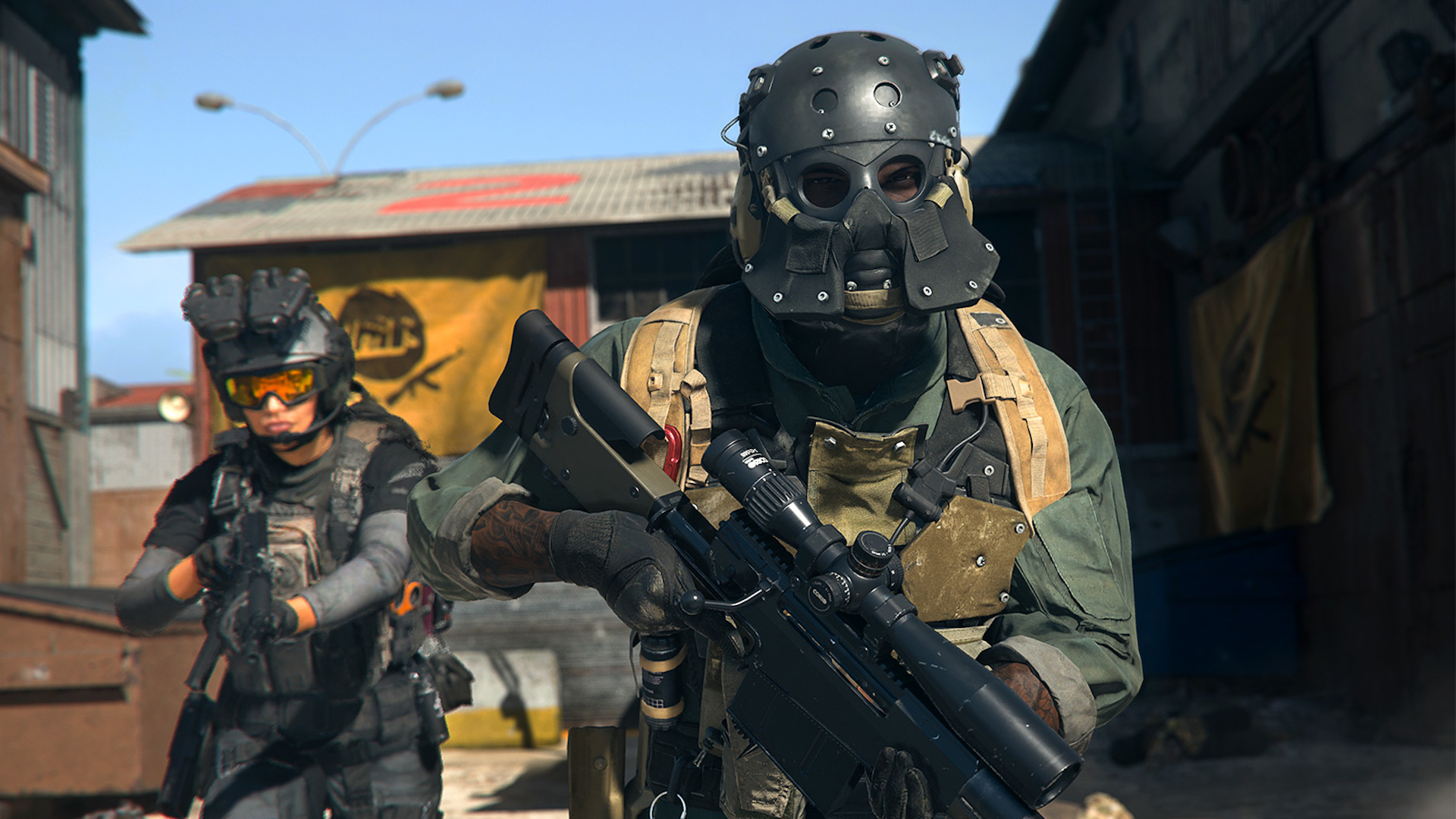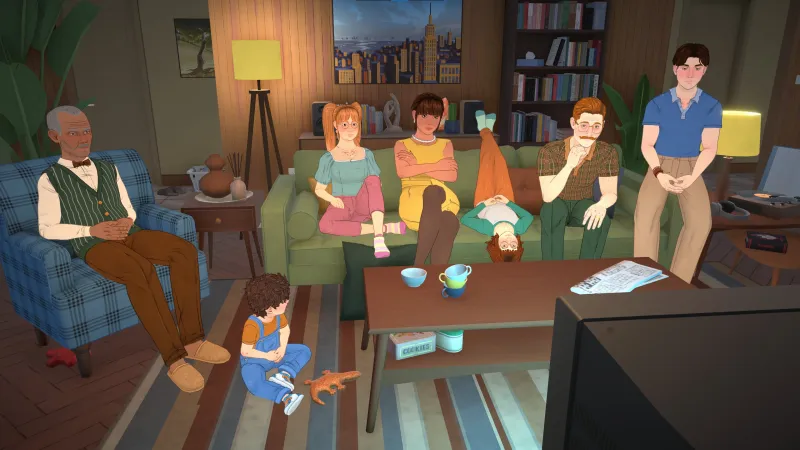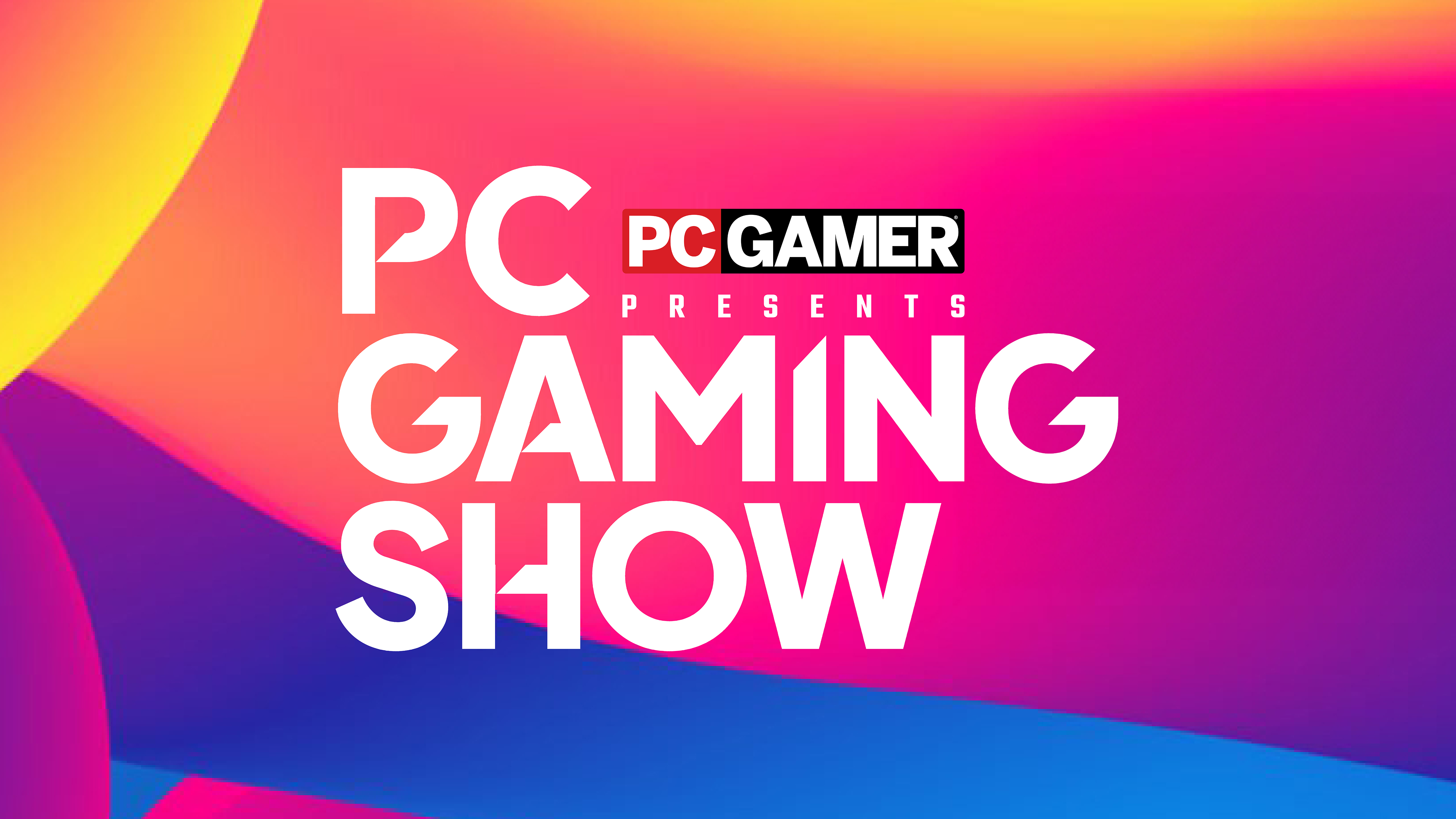
Call of Duty's battle royale sequel is a lot more than just a new map.
The next era of Call of Duty is upon us. Call of Duty: Warzone 2, the standalone sequel to the free-to-play battle royale, is leading the charge in the next several years of Call of Duty, and it’s out this week. Led by Infinity Ward and built on the bones of recently-released Modern Warfare 2, Warzone 2 is shedding its 2020 skeleton with a brand new map, improved shooting and vehicles, expanded looting, and an intriguing new mode that’s coming for the extraction shooter crown.
Activision is calling it Warzone “2.0”, but this is a brand new game. When Warzone 2 arrives, original Warzone will be shut down for 10 days, to be reborn under a new name—Call of Duty: Warzone Caldera will live on with a single mode and map while its newer, shinier offspring takes the spotlight.
While the basics are the same between the two games, this is much more than an update. Here are the biggest changes you should know about going into Warzone 2.
Al Mazrah, the new map
Warzone 2 is a clean break from the first game, and that means a completely new map. There is no Verdansk, there is no Caldera, there is only Al Mazrah: a new Middle East-inspired region that Activision says is its largest Call of Duty map yet.
Judging by overhead views of the map, it does look pretty massive. In fact, Modern Warfare 2 players will already be acquainted with several of its compounds. Several multiplayer maps, including Sariff Bay, Embassy, and Zarqa Hydroelectric also exist on the Al Mazrah map. The same goes for the first three co-op missions that shipped with Modern Warfare 2. We also know at least two other Call of Duty classics will be represented on Al Mazrah: streamers who got an early look at Warzone 2 noticed recreations of Terminal and Highrise on the new map.
(Image credit: Infinity Ward)
Battle royale 2.0
Warzone’s marquee mode will, of course, return in Warzone 2, but not without some changes. Al Mazrah battle royale will support solos, duos, and trios, and will once again cap out at 150 players. The key change here concerns the circle. There is no longer just one circle shrinking over time: There’s a chance in every match that the circle will split into two or three smaller zones on different regions of the map before eventually converging into one.
I thought this change sounded a little pointless at first, but Activision expects split circles to have a significant impact on Warzone’s sniper-dominated meta. As players are forced into smaller battle zones earlier in the match, players outfitted with medium range rifles and SMGs theoretically have a leg up on squads who planned to dominate from a distance. This is further complicated by the massive changes made to loadouts in Warzone 2 (more on that below).
(Image credit: Activision Blizzard)
New Gulag, new rules
Warzone’s most unique twist on the battle royale format is getting even weirder in Warzone 2. First, the Gulag is now a 2v2 showdown instead of a 1v1. That means one for face to shoot before earning a ticket back into Al Mazrah, but that also means one more teammate to back you up or clutch the win. All players start with the same pistols or shotgun. More powerful guns can now be found in the center of the map, a change that should encourage more aggressive (and quicker) Gulag resolutions.
Most interestingly, you don’t actually have to fight your Gulag opponents to get back into the game. If both teams are still alive after a certain amount of time passes, an AI-controlled Jailer enemy will appear with stacks of armor and a minigun. All four players can choose to team up against the Jailer and, if he’s defeated, all four earn their way back into the game.
Loadouts are changing
If you loved the way loadouts worked in Warzone 1, I have some good news and bad news. Let’s rip off the band-aid: the days of running up to a Buy Station and dropping $10K on a full loadout are over. In Warzone 2, only your custom primary weapons can be purchased from an in-match store. If you want the rest of your loadout, including secondaries, throwables, and perks, there are two methods:
Capture a Stronghold ORRetrieve a loadout drop
Strongholds are a new concept for Warzone 2, and they might actually be the easier way to get a loadout quickly. These are compounds housing AI enemies that have to be unlocked with keys found through normal looting. Clear out a compound of AI and the entire squad is rewarded with a loadout of their choice. If you arrive at a Stronghold that’s already been cleared, subsequent squads get the chance to kill a certain number of AI to earn loadouts as well.
The other way is a bit more random. Like Warzone 1, crates containing loadouts will drop from the sky randomly through the match, specifically during the second and sixth rounds of the circle collapse. The first team to gobble up the crate gets a loadout for free, but holding F on a box while your location is broadcasted to everyone on the map is a big risk (assuming you’re even the first one there).
(Image credit: Activision Blizzard)
Proximity chat
One of the smaller features of Warzone 2 that’s likely to have a major effect is proximity chat, or the ability to hear the mic chatter of allies and enemies based on distance. The closer or further away a player is, the louder or quieter their voice is to the ear.
Anyone who plays a shooter with proximity chat on by default (like Escape From Tarkov, Hunt: Showdown, or PUBG) already knows its benefits. Opening up comms to all players in the match adds a new layer of social interaction to Warzone 2, and simulating the volume by distance makes for immersive (if sometimes difficult to parse) exchanges with players.
Yes, open comms can be abused to spew trash talk, but it has also been the catalyst for some of my favorite gaming moments of recent memory. My friends and I have used proximity chat in Hunt: Showdown to make friends out of enemies, turn a stalemate into a formal “pistols at dawn” duel, and learn about our playstyles from opponents. Perhaps the competitive thrust of battle royale will make friendly exchanges unlikely, but I see potential in Warzone 2’s other big mode, DMZ (more on that below).
(Image credit: Activision Blizzard)
Backpacks
I once celebrated Warzone’s simplified loot system and its distinct lack of backpacks, but Warzone 2 is taking a different path. Warzone 2 will have a lot more loot and players will need backpacks to put it all in. It’s not entirely clear what can and can’t be stored in a backpack yet (Activision says some items, like throwables, are “on-soldier” items that aren’t stored in the backpack), but we do know that in the new DMZ mode, backpacks will be be handy for storing additional equipment, guns, ammo, and valuables looted from buildings.
The backpack is seemingly part of a larger initiative to give players more reasons to rummage around rooms for loot. Unlike Warzone 1, where all pickups are scattered on the ground, Warzone 2 loot can also be found in duffel bags, cash registers, and weapon lockers. How much fiddling the backpack requires depends on the mode you’re playing: in battle royale, Activision says the backpack is a more “passive” tool for storing extra armor plates and other small items. DMZ is where inventory management gets more granular with a point-and-click loot interface similar to Apex Legends or PUBG.
(Image credit: Activision Blizzard)
DMZ
Activision is describing DMZ as an “open-world, narrative-focused extraction mode.” Think Escape From Tarkov, but without the brutal milsim sensibilities and having to unzip individual backpacks over several seconds. Instead of deploying from a heli and reacting to a shrinking play zone, DMZ drops players on random corners of Al Mazrah and lets them go wherever they want.
Activision says the majority of fighting in DMZ will be against the AI soldiers littered throughout every compound. There’s always a chance of running into actual players, but eliminating them is not the goal. Your only stated goal is to loot valuables and extract from the map with whatever you can carry. It’s a bit like Warzone 1’s more casual Plunder Mode, but there are a lot more objectives to tackle and no respawns. Here are the contracts available in DMZ at launch:
Secure Intel / Geiger Search (Magnifying Glass): Find intel on hard drives; then go to the nearest radio tower to upload its data. Alternatively, it may task you to collect uranium rods found with a Geiger counter.Elimination (Crosshair): Assassinate an AI target guarded by multiple combatants, or at least confirm their death.Hostage (Handcuffs): Rescue a hostage within a locked building; then carry them to the nearest helicopter exfil location.Cargo Delivery / Shipment (Briefcase): Depending on the specific Contract, find a vehicle or boat with precious cargo for a drop-off at a marked location. Feel free to keep the vehicle after the drop-off!Hunt (Skull): Hunt an enemy Operator team marked as high-value targets (HVTs), due to their activity within the DMZ match.Destroy Supplies (Bomb): Locate and destroy two supply sites with planted bombs.
One distinct element of DMZ is that you can build a loadout from purchased “contraband” gears and weapons before deploying into the map. Whatever stuff you find out in Al Mazrah is yours to keep, but only if you safely extract from the map via chopper.
(Image credit: Activision Blizzard)
Cosmetics aren’t carrying over
This is a bummer. The last 2.5 years of cosmetics shared between Warzone, Modern Warfare 2019, Cold War, and Vanguard won’t carry over to Warzone 2. Players are starting fresh with the new game, which is bad news if you just unlocked Warzone 1’s latest battle pass goodies and want to show them off, but possibly good news if you think Warzone’s cosmetics were getting a bit garish.
One thing that will carry over from past CoD games into Warzone 2: paid currency. If you still have a few hundred COD Points burning a hole in your wallet, you can use them in Warzone 2.





